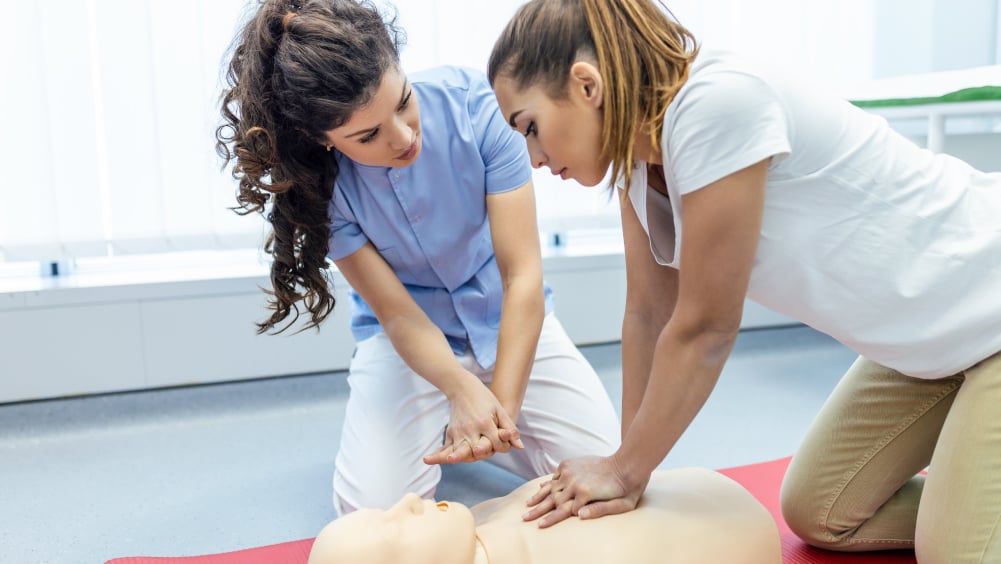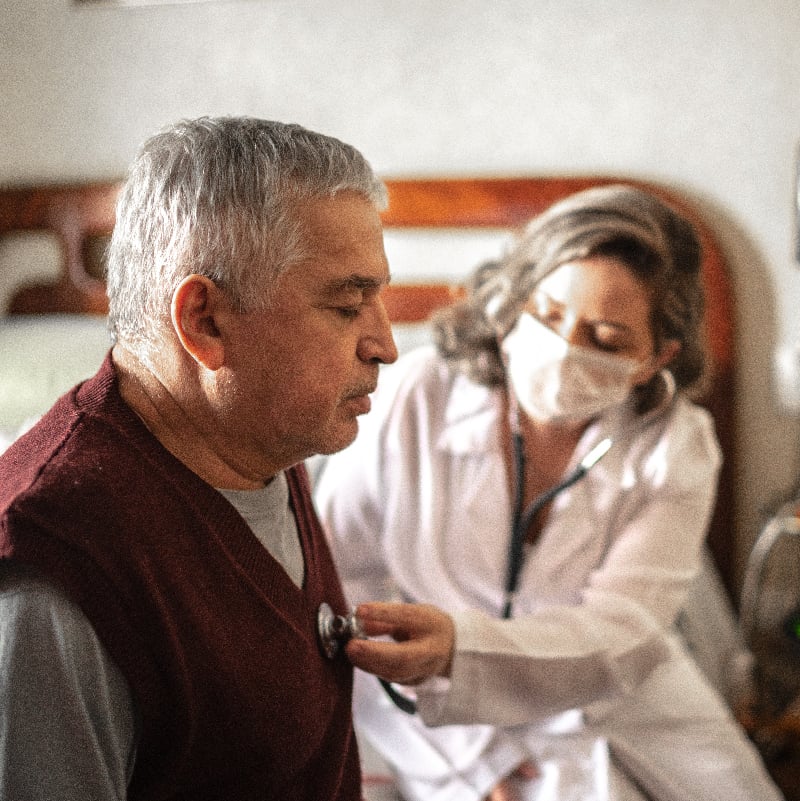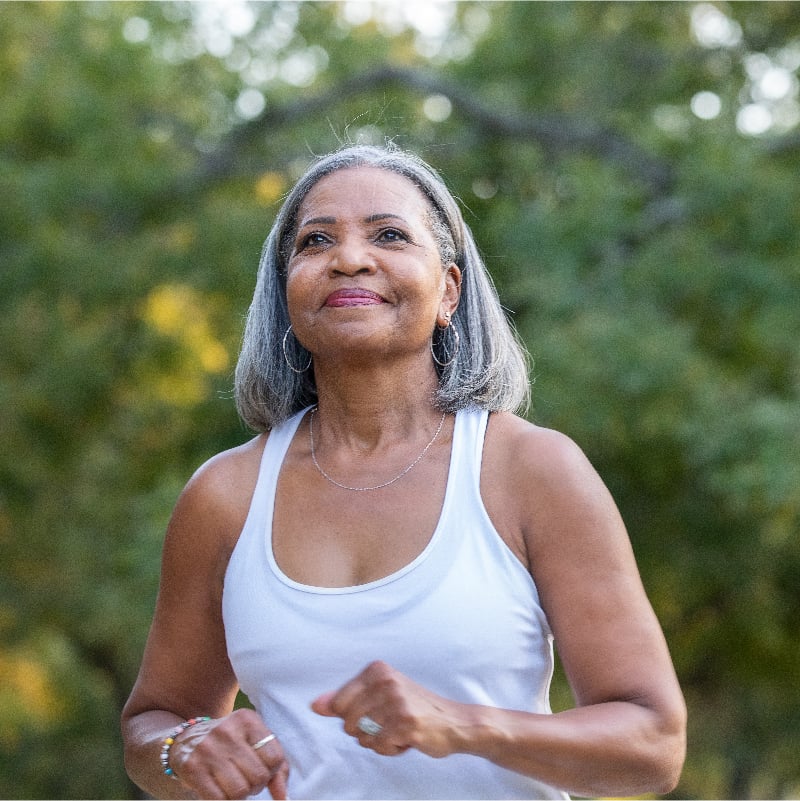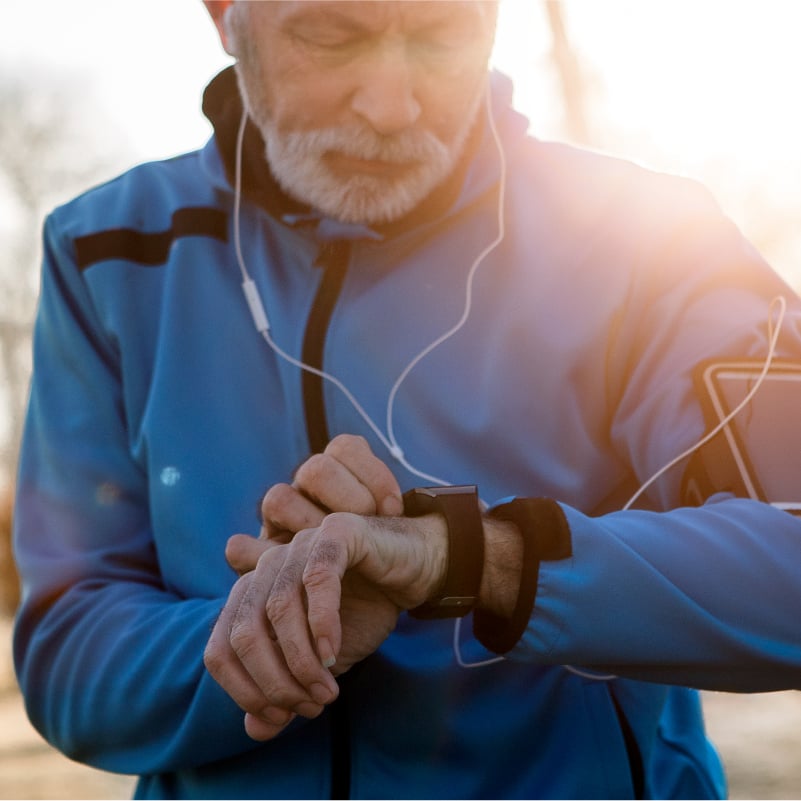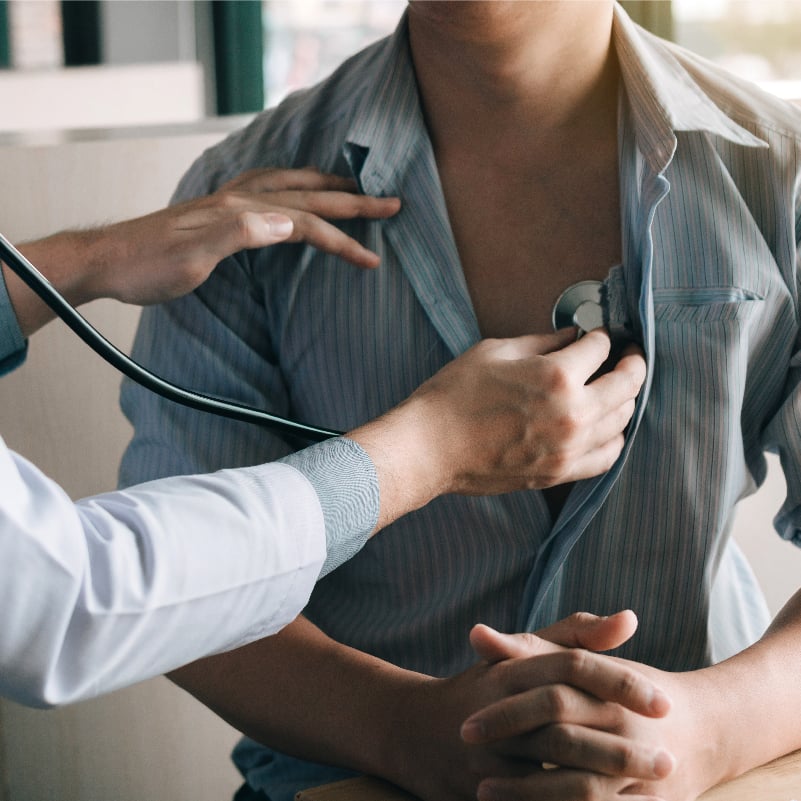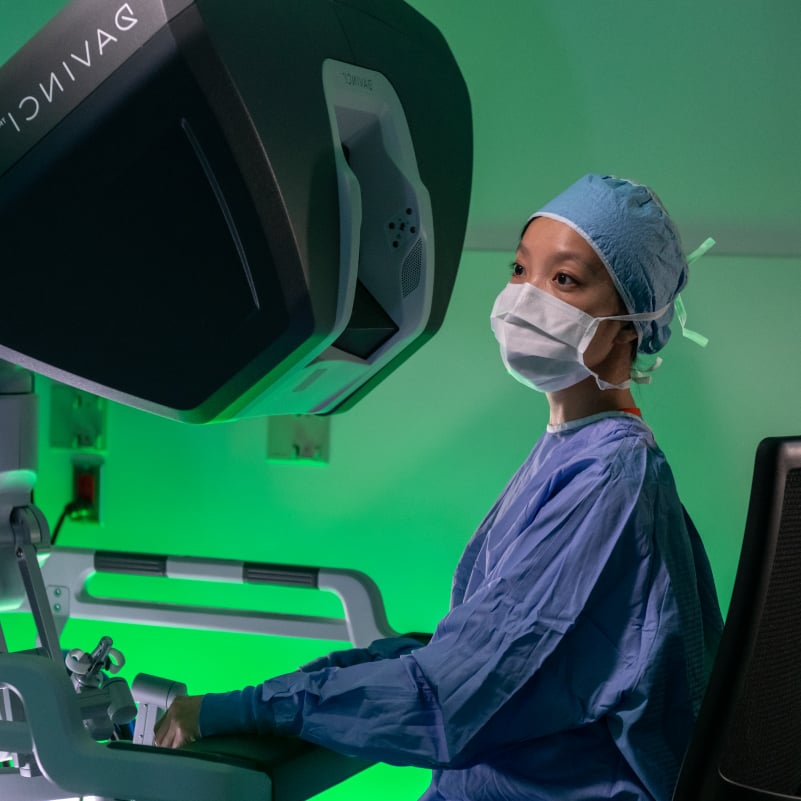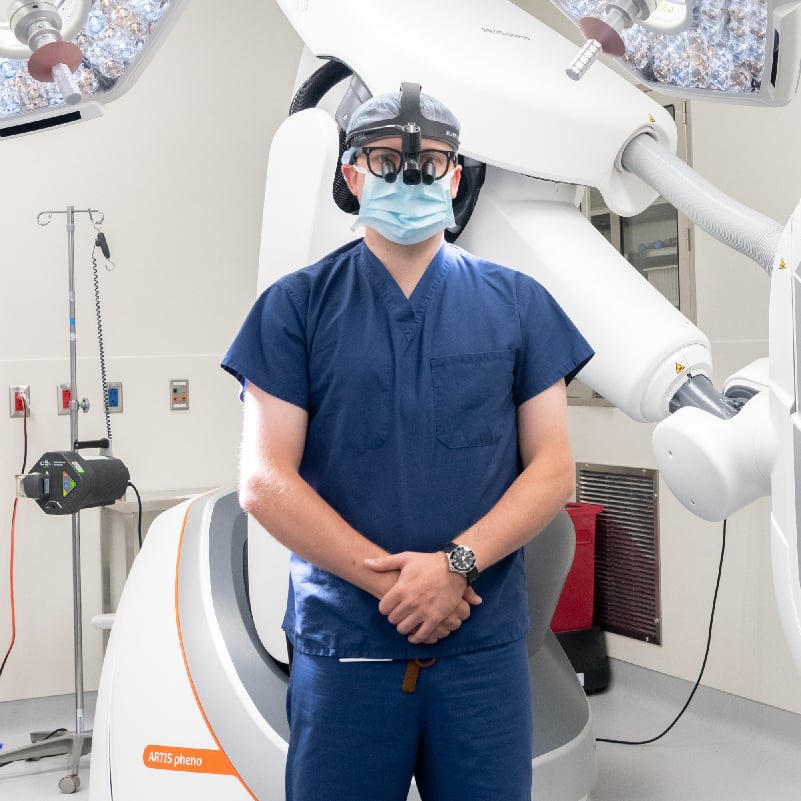The subject of athletes suffering cardiac arrest is in the national spotlight after Buffalo Bills player Damar Hamlin suffered a sudden cardiac arrest during a game. More than 350,000 cardiac arrests occur outside a hospital setting each year, according to the American Heart Association.
Scott Feitell, DO, serves as the Director of the Cardiac Intensive Care Unit with the Sands-Constellation Heart Institute at Rochester Regional Health and expands on cardiac arrest, how it affects the body, and what bystanders can do to help.
Cardiac arrest
A person experiences cardiac arrest when their heart’s electrical system stops working properly. During a cardiac arrest event, the heart muscle cannot pump blood throughout the body – which causes more severe consequences as time goes on.
Cardiac arrest is different from a heart attack. A heart attack occurs when one or more of a person’s coronary arteries becomes blocked – stopping blood flow to the heart.
In some extremely rare cases, a person might experience cardiac arrest induced by blunt force trauma to the chest called commotio cordis. Commotio cordis can cause ventricular fibrillation – an arrhythmia of the heart’s lower chambers – which leads to loss of consciousness, difficulty breathing, sudden collapse, and/or loss of pulse.
CPR and AED
When a person goes into cardiac arrest and becomes unresponsive, it may become necessary to perform CPR (cardiopulmonary resuscitation). CPR uses chest compressions to restore the regular rhythm of the heart.
CPR can be performed by any trained individual until emergency medical workers arrive to assist in life-saving measures. Many local organizations provide CPR training, including local chapters of the American Red Cross, fire departments, EMS organizations, libraries, and school districts. Some workplaces will also offer annual or semi-annual CPR training.
“For every minute after a person experiences cardiac arrest and there is no intervention, their chances of survival drop by 10-15 percent,” Dr. Feitell said. “Providing CPR and other life-saving measures as soon as possible exponentially increases a person’s likelihood of survival.”
Most public places, including workplaces, have an AED (automated external defibrillator) on hand to use in cardiac arrest situations. An AED is a device used to analyze the rhythm of a person’s heart and deliver an electric shock to restore a rhythm if needed. Most AEDs can be turned on with one button and provide step-by-step instructions that are read aloud for the person who uses it.
Training to use AEDs is typically offered by the same organizations listed above.
Next steps
While living a heart healthy lifestyle helps to preserve each individual’s cardiac health, sometimes events can occur outside our control.
In these situations, one of the best ways to keep people alive is offering training to as many people as possible to perform CPR and use an AED.
“Even if someone is an athlete in peak physical condition, they can experience cardiac arrest,” Dr. Feitell said. “If anyone is in a situation where another person’s heart stops, that training could help to save their life. Research shows bystander-directed CPR is the best predictor of a person surviving cardiac arrest.”
Once EMS professionals arrive and restore the heart’s rhythm, the patient can be taken to a hospital or medical facility to administer additional medical care as needed.

